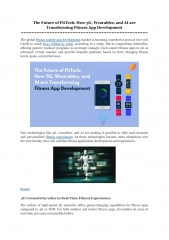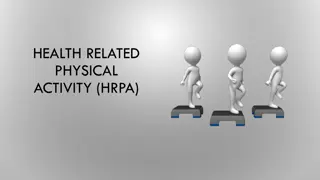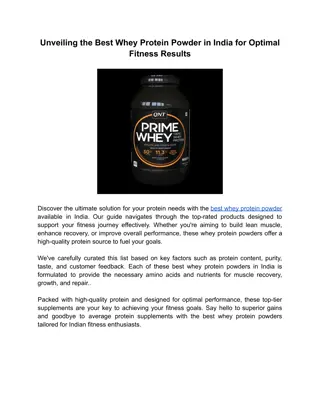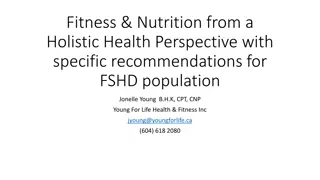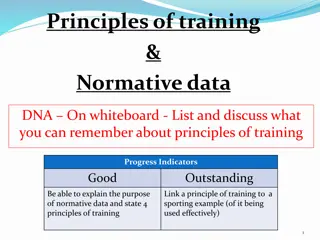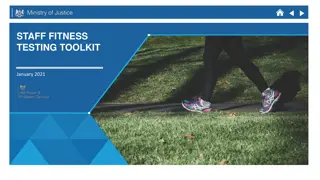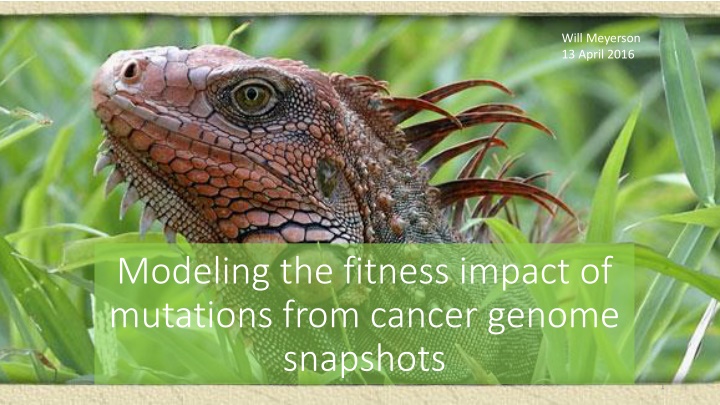
Modeling Mutational Fitness Impacts in Cancer Genomes
Explore the significance of identifying mutational fitness impacts in cancer genomes, the computational steps involved, the reconstruction of mutational events, and how mutation rates are influenced by replication rates. Discover the implications of unexpected mutation rate changes and the dynamics of mutations in a clonal population.
Download Presentation

Please find below an Image/Link to download the presentation.
The content on the website is provided AS IS for your information and personal use only. It may not be sold, licensed, or shared on other websites without obtaining consent from the author. If you encounter any issues during the download, it is possible that the publisher has removed the file from their server.
You are allowed to download the files provided on this website for personal or commercial use, subject to the condition that they are used lawfully. All files are the property of their respective owners.
The content on the website is provided AS IS for your information and personal use only. It may not be sold, licensed, or shared on other websites without obtaining consent from the author.
E N D
Presentation Transcript
Will Meyerson 13 April 2016 Modeling the fitness impact of mutations from cancer genome snapshots 1
Identifying mutational fitness impacts from specifically TCGA-like genomic snapshots is an important bioinformatics challenge. Data Type Clinical Relevance Data Abundance Interpretative Ease CELL-LINE CRISPR Low artificial setting Medium Easy GENOMIC TIME- SERIES Medium impractical to collect sample in time for patient to benefit Low Medium TCGA GENOMIC SNAPSHOT High potential applications to personalized medicine High Hard 2
The relative timing of mutational events can be reconstructed from a genomic snapshot of a pool of clonally-derived cells. Key insight: mutations with a higher cellular prevalence originated earlier than those in the same subclone with a lower cellular prevalence Computational steps: Time-axis Create VCF file from matched tumor- normal BAMs < GATK pipeline Normalize tumor variant allele frequency by copy number < e.g. CNVnator Group mutations by subclone < PhyloWGS Sort mutations by corrected variant allele frequency in each subclonal group 3
A samples population mutation rate depends in a predictable way on the replication rate (and per-replication mutation rate) of its cells. Say at each time t we have a population of n(t) tumor cells in a given subclone, characterized by a cellular replication rate of r(t); a mutational load of M(t); a per-cell, per-replication mutation rate of ??(t); a per-cell, replication-independent mutation rate of ??(? ; and a mutation dropout rate of E(t). Then, after an incremental time elapse dt, we have: Mutations arising through means other than DNA replication Mutations that undergo extinction. Mutations arising during DNA replication ?? = ? ? ?? ?? + ? ?? ?? (? ?? ?0???? 4
Unexpected mutation rate changes that occur after a mutation are biologically interesting. Mutation of interest Confounding mutation Negative control mutation MUT1 45% MUT2 43% MUT3 39% MUT4 36% MUT5 35% MUT6 34% MUT7 32% MUT8 30% . . . MUT1 45% MUT2 43% MUT3 39% MUT4 36% MUT5 35% MUT6 34% MUT7 32% MUT8 30% . . . MUT1 47% MUT2 41% MUT3 38% MUT4 37% MUT5 34% MUT6 31% MUT7 30% MUT8 20% . . . Recent predecessor mutation Early successor mutation dM(2) dM(1) = 3 1 = 2 Omit dM(2) dM(1) = 2 2 = 0 5
Attribute unexpected mutation rate changes to whichever is the most biologically plausible explanation. ?? = ( ? ? ?? ?? Likely culprit if DNA repair gene Likely culprit if cell cycle gene. [Beware: some cell cycle inhibitors inhibit cell-cycle when they sense DNA damage] Separate likely mechanisms as much as possible based on gene function: r? < proto-oncogenes: Uniprot proto-oncogene query r? < tumor suppressor genes: TSGene 2.0 ?? < DNA repair genes: REPAIRToire ??? < both immune- and cancer-related: ImmPort intersect with Cosmic 6
Sampling of unresolved problems under development: Do we wish to model the number of cells, and how so: exponential? What is the best way to make the time windows around mutations of interest symmetric? Will we use maximum likelihood estimation or direct calculation to find, e.g. the replication rate, from dM using the model? How can we take into account uncertainty in the absolute and relative timing of mutations? How can we refine our gene annotation lists to better separate genes into the ways by which mutations in those genes might impact the mutation rate? What is the best way to combine findings across samples? 7
Acknowledgments Leonidas! Mark, Lori, Mihali, Gerstein Lab, HPC, Yale MD-PhD Program, NIH 8


